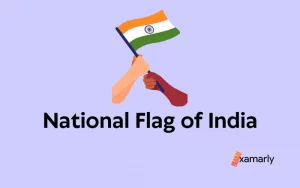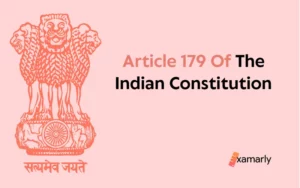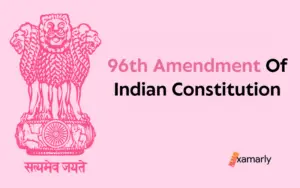Are you aware that our country’s Constitution has been amended to remove Article 238 of the Indian Constitution? Have you any idea about the rationale behind the deletion of this Article and the specific modification that did so?
If you were looking for anything specific about the aforementioned Article, your quest is finished.
The Indian Constitution is the country’s highest law. The constitution sets the framework that delineates the core political code, as well as the fundamental rights, guiding principles, and responsibilities of citizens. It also establishes the organization, methods, powers, and duties of governmental institutions. These provisions have allowed the Constitution to become a living document that can adapt to changing times and norms. It has been amended 105 times so far since the Constitution came into existence.
In terms of length, its written constitution is the longest of any nation on Earth. The Indian Constitution is a dynamic document that serves as the basis for the governance of India, with its 448 articles divided into 25 parts and 12 schedules.
This page explores every nook and cranny connected to Article 238.
What Was Article 238 Of The Indian Constitution?
The subject of Article 238 was the applicability of the provisions of Part VI to the states listed in Part B of the First Schedule of the Indian Constitution.
Why Article 238 Is Deleted From The Constitution?
The Constitution (Seventh Amendment) Act, which was passed in 1956, removed it from the constitution. It was necessary to make this change to the Indian Constitution in order to put into action the suggestions made by the States Reorganisation Commission about the reorganization of the states according to their respective languages. It opened the door for the elimination of the A, B, C, and D classifications of states and the emergence of union territories.
Part B States
The states that makeup Part B were either historically part of the princely states or were covenanting states ruled by “Raj Pramukhs.” There were a total of nine different states, and these included Mysore, Jammu and Kashmir, Madhya Bharat, Hyderabad, the Patiala, and East Punjab States Union (PEPSU), Rajasthan, Travancore-Cochin, Vindhya Pradesh, and Saurashtra
Article 370 of the Constitution of India gave Jammu and Kashmir special status despite the fact that it was a Part-B state at the time. When it was originally written, Article 238 focused exclusively on administrative actions in Part-B states. It especially addressed how the Part VI of the Constitution’s provisions—which deal with the governor, state executives, and other officials—should be put into practice.
Note: The problem stems from the fact that, in order to create distinct states, several princely states (Part B states) were modified and merged (and even carved out) in order to take linguistic and cultural diversity into account.
In A Nutshell
Article 238 of the Indian Constitution was struck down by the Constitution (Seventh Amendment) Act of 1956 because it explained how the provisions of Part VI applied to the States named in Part B of the First Schedule of the Constitution of India. For this reason, the Union Territories replaced the A, B, C, and D classifications for states.
FAQs
What Is Article 238 Of The Indian Constitution?
Article 238 addressed whether or not the Indian Constitution’s Part VI applied to the states included in Part B of the First Schedule.
Which Amendment Removed Article 238?
The Seventh Amendment to the Indian Constitution invalidated Article 238, which provided an explanation of how the provisions of Part VI applied to the states listed in Part B of the First Schedule. As a result of this, the classifications of states as A, B, C, and D were superseded by the Union Territories.
What Is the 1st Schedule?
The names of the states and the territories of the union are listed in the First Schedule. It also encompasses the territorial jurisdiction of individual states.
What Is The Purpose Of The State Reorganisation Act?
India’s state boundaries were redrawn in 1956 under the States Reorganization Act, which sought to rectify regional and linguistic disparities. For instance, a few princely states’ territories were incorporated into and changed into the state of Kerala during its founding.
What Are Part B States?
Part B is made up of states that traditionally belonged to princely states or were covenanting states governed by “Raj Pramukhs.”






